5th WASWAC World Conference
19. – 23. 6. 2023
Palacký University, Olomouc
Czech Republic
About Venue - City Olomouc
Olomouc is a statutory and university city, the centre of the Olomouc Region. It currently has approx. 100,000 inhabitants and is located in the heart of Moravia in the eastern part of the Czech Republic.
Olomouc ranks among the oldest cities of the Czech Republic. In the 10th century it was the main centre of Moravia and the seat of the bishop. In the Middle Ages, Olomouc was the third largest city after Prague and Brno. However, this changed after the city was occupied by the army of the Swedish Empire between 1642 and 1650. In the middle of the 18th century, the city was rebuilt into a powerful fortress and Olomouc used to be an important defence centre, the seat of a strong military garrison. However, Olomouc primarily remained a spiritual centre, in 1777 the bishopric of Olomouc was elevated to an archbishopric. The Archbishop’s Palace, which was built on the foundations of the Romanesque bishopric, still serves its purpose today.
The city centre has preserved a unique historical atmosphere. It has splendid palaces, beautiful town houses and majestic churches. The dominant feature of the old town is the originally Romanesque castle and the cathedral of St. Wenceslas. In 2000, Olomouc entered the UNESCO World Cultural and Natural Heritage List, thanks to the Baroque Column of the Holy Trinity, which, with a height of 35 m, is one of the tallest in the Czech Republic and forms one of the dominant features of the Upper Square (Horní náměstí). A characteristic symbol of Olomouc is the Gothic-Renaissance town hall with an astronomical clock on the Horní náměstí , the first mention of which dates back to 1378. The original astronomical clock from the 15th century was remodelled into its present form in the 1950s by the famous Olomouc artist Karel Svolinský.
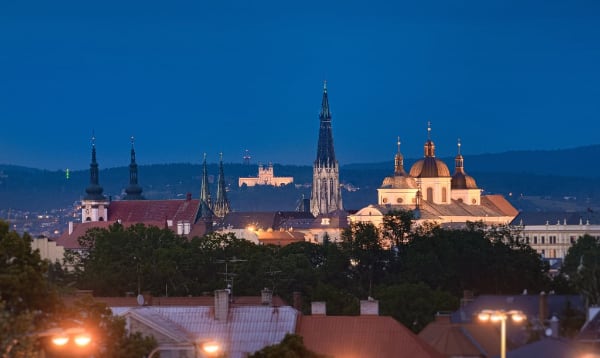
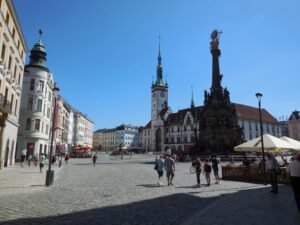


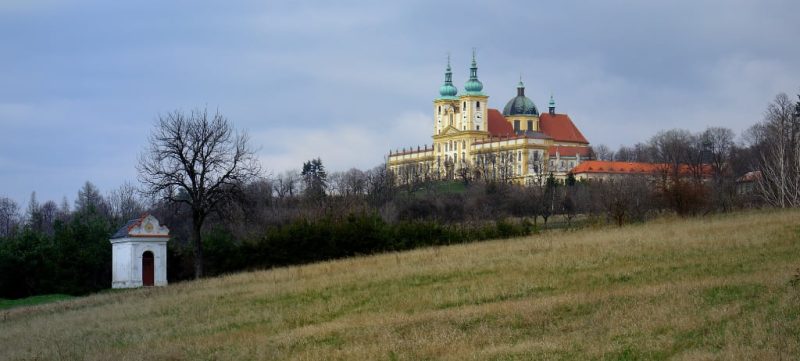
Palacký University
Palacký University in Olomouc is the second oldest university in the Czech Republic. It dates back to 1573, when the former Jesuit college received privileges comparable to other European universities, granted by the Holy Roman Emperor Maximilian II. At the dawn of its history, the university consisted of two faculties which provided education in liberal arts and theology. The university was also recognized outside the Czech Republic, and its scope extended from Moravia and Silesia through Poland, Hungary and Austria to Germany, Scandinavia and Eastern Europe. The Thirty Years‘ War (1618-1648) marked one of the darkest periods in the history of Olomouc. The city was occupied by the Swedish army for eight years. After the departure of the Swedish troops, the university began to flourish. The Jesuits began an extensive building program, creating a number of impressive Baroque buildings for the order and the university itself. Many scientific disciplines were successfully taught at the university.
The development of the university was hampered by the suppression of the Jesuit order at the end of the 18th century. The university turned into a secular institution run by the state. Its status was reduced to a three-year lyceum when the emperor decided to retain universities only in Vienna, Prague and Lviv. The study of medicine and surgery became a separate field.
The return to full university status came in 1827. After 1848, growing government intolerance led to the gradual closure of faculties, until, in 1860, Emperor Francis Joseph I closed practically the entire university. Only the separate Faculty of Theology remained open. Olomouc University was then restored in 1946 as the Palacký University named after the historian František Palacký. This was the beginning of the modern era and development of the university, which currently has 8 faculties and approximately 22,000 students.
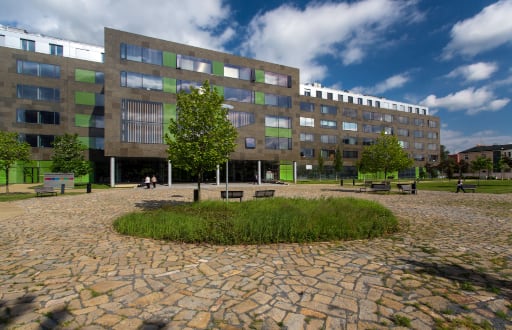
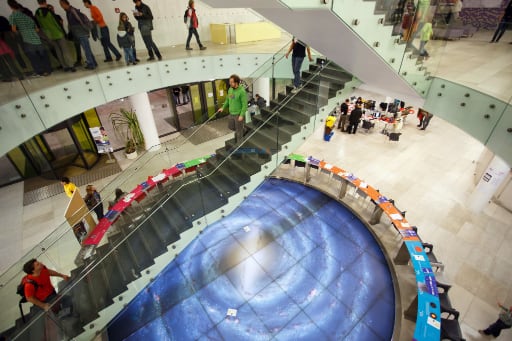

Conference venue
Palacký University Olomouc
Faculty of Science
17. listopadu 1192/12
779 00 Olomouc
Czech Republic